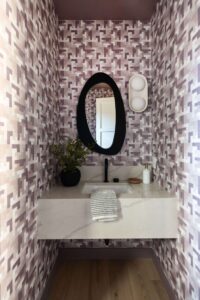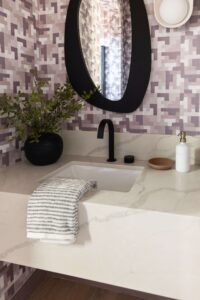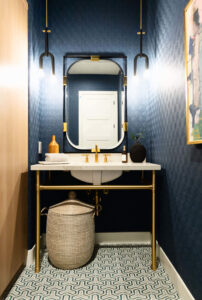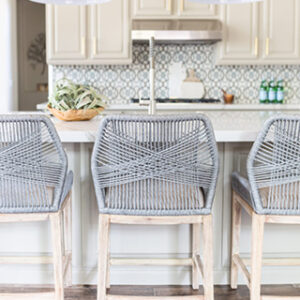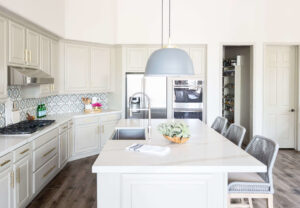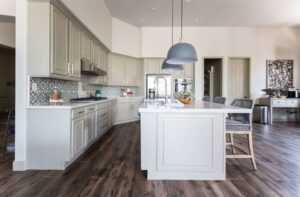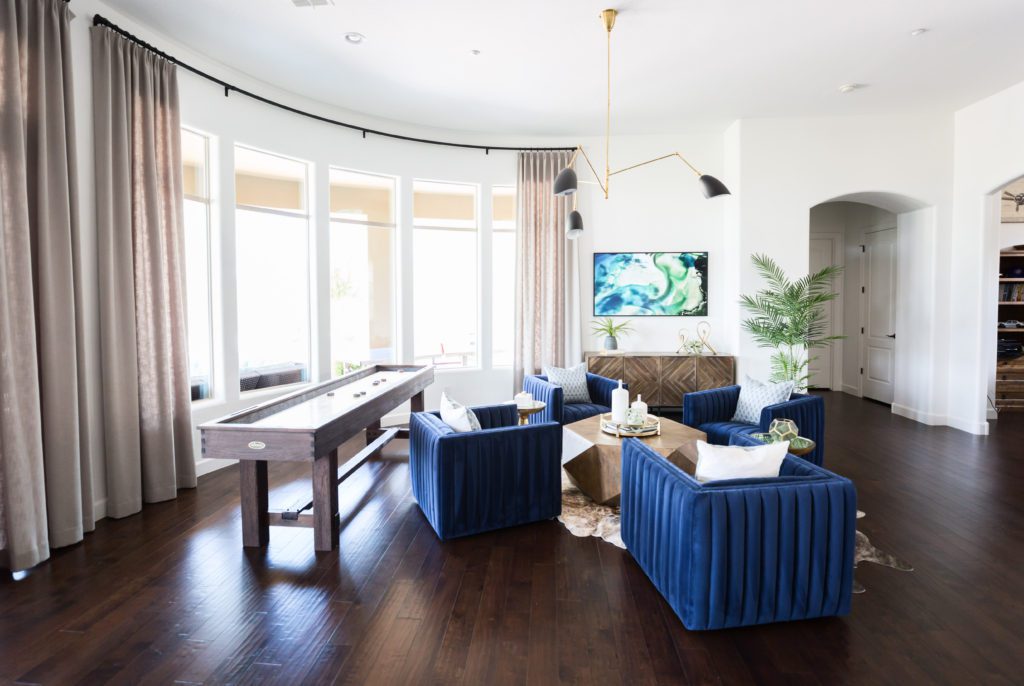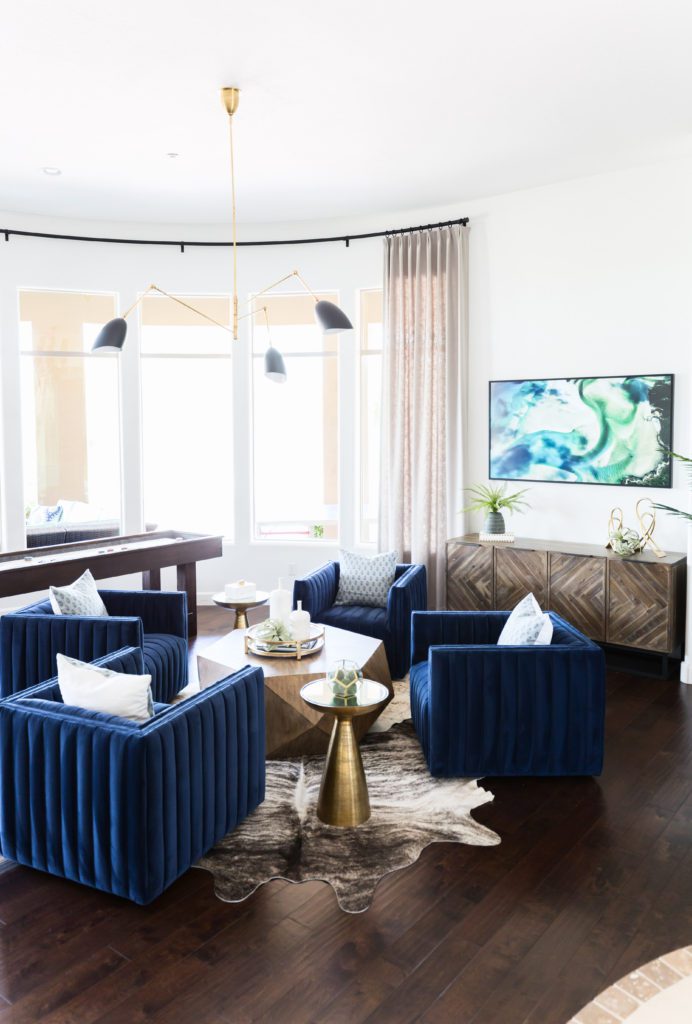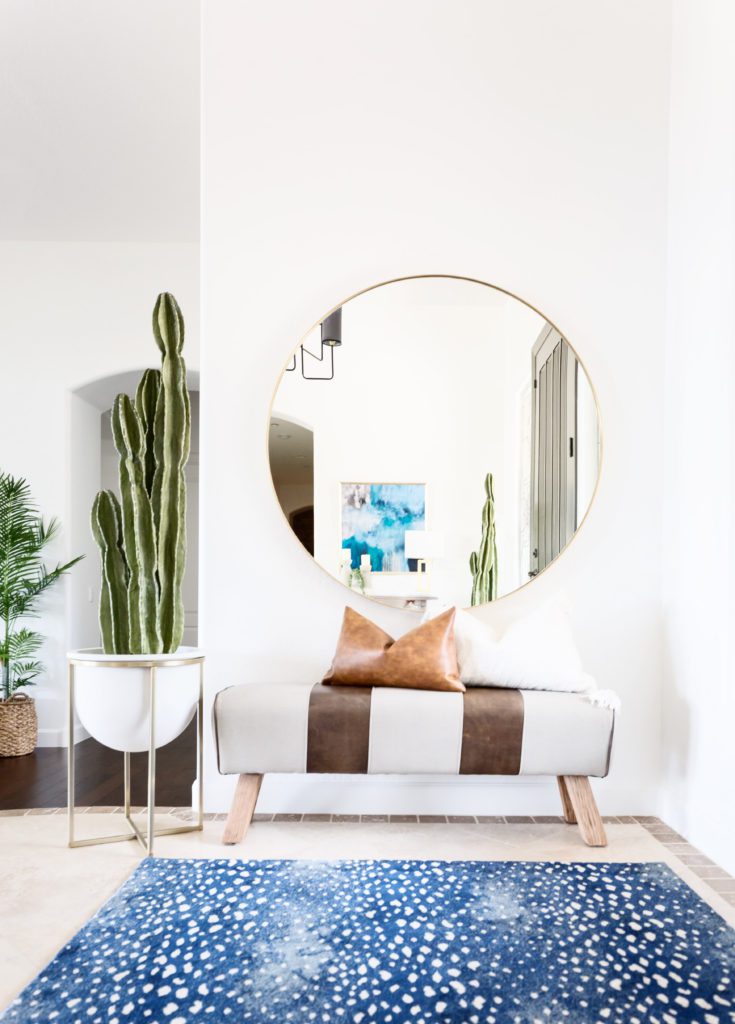
Interior Design Concepts
Creating a Great Interior Design Concept
There are essential interior design concepts that you must follow as an interior designer. Otherwise, the result comes out in shambles. After all, there is a thin line between concept, principle, and beauty.
In this post, you’ll learn those critical design principles that will help you produce the desired fine finish that your interior décor deserves. Who knows, others may choose to take up interior design as a career, and that man at the threshold of ditching the profession may have second thoughts and remain in his passion.
Let’s get started by explaining what interior design is. That possibly will give us a sense that the interior designer is much more than one who knows where and how to hang those pictures, position the TV, or place the kitchen cabinet.
Interior design is the art or process of designing the interior decorating of a structure, a room, or a building. As an essential component of our lives, the design affects how we think, feel, live, work, play, and heal. So, in simple terms, interior design is a blend of aesthetics of art with the science of knowing people’s behavior to make a space genuinely functional.
Now you have an idea of what you’re as an interior designer, knowing that an interior designer may decorate, but a decorator doesn’t design. What, then are those principles that set you apart as an interior designer and not a mere decorator?
You need to take the entire house as a unit. Two, invent a rhythm. Creating a focal point is as important as imagining a design. Be detailed, and finally maintain absolute balance. What does each of these interior design concepts mean? Find out below.
1. Interior Harmony
Designing a house transcends the mere juxtaposition of individual elements; it is an intricate orchestration of spaces interconnected through various architectural components such as halls and stairways. A home, when viewed as a holistic entity rather than an amalgamation of disjointed parts, manifests a sense of coherence and continuity.
The essence of harmony within a design goes beyond the visual appeal; it evokes a profound feeling of unity and tranquility. Achieving this harmony necessitates a thoughtful integration of uniformity in color, theme, and style throughout the entirety of the design. While the shapes, textures, and sizes of architectural forms may diverge significantly, the challenge lies in orchestrating these diverse elements to work in unison, creating a seamless and unified whole.
Diversity is inherent in design, and this diversity extends to color palettes. While the shades may vary across spaces, they must be chosen with a keen eye for complementarity, ensuring that each hue harmoniously coexists with its counterparts. This nuanced approach to color selection adds depth and dimension to the overall design, fostering a sense of cohesion while embracing the richness that diversity brings.
The concept of harmony extends beyond the visual realm to encompass the emotional and functional aspects of a living space. The layout and flow of the house should be carefully planned to enhance the ease of movement and functionality, further reinforcing the idea that every part contributes to the overall unity.
2. Rhythm in Interior Design Style
Rhythm is as important to music as to conceptual design. When you think of rhythm in interior design, you’re talking about generating visual interest by creating patterns of repetition and contrast. Rhythm defined in terms of continuity, recurrence, and movement.
Rhythm is manifest in the four properties of repetition (using more than one element or the same element more than once, e.g using color more than once or theme and color together), progression (increasing or decreasing one or more qualities of an element, e.g. a cluster of candles of varying sizes), transition (creating a smoother natural flow for the eye, e.g. using an arched doorway gives a gentle lead to the eye), and contrast connotes putting two different elements in opposition to each other (putting a black pillow on a sofa or a triangle and circle).
3. Interior Balance
As an essential concept of the development of the interior, balance creates a feeling of stability and equilibrium. Whether through color, pattern, theme, texture, or shape, a balance should be created in all the elements that make up the design. It is about ensuring equal distribution and approximation of the visual weight of objects in a room.
Balance comes in three ways, namely symmetrical, asymmetrical, and radial:
- Symmetrical balance: when you look at any traditional or formal interior design, you’ll find a lot of symmetrical balance in there. It consists of spaces that are evenly distributed or repeated on the same axis on two sides of a room. For instance, when you place two chairs in the same position on either side of two living rooms. But symmetrical balance can create some sense of monotony.
- Asymmetrical balance: although more causal and complex, the asymmetrical balance is a common trend in modern design. Yet it is interesting and livelier. This is because it creates a balance that doesn’t require duplicating visual weights of lines, colors, forms, and textures. Positioning two dissimilar objects of equal visual weight, e.g., placing two chairs on the other side to create a balance for a sofa, is a form of asymmetrical balance.
- Radial balance: when some elements radiate around or from a focal point, then the radial balance is achieved. The spiral staircase and a round dining table arrayed by some set of chairs are perfect examples of radial balance.
4. Interior Focal Point
Focal points, integral to interior design concepts, serve as pivotal elements that capture attention and establish visual interest within a space. These strategic elements are carefully selected and strategically placed to guide the viewer’s gaze, creating a harmonious balance and emphasizing the unique personality of a room. Interior design concepts often revolve around the thoughtful integration of focal points, which can range from eye-catching art pieces and statement furniture to architectural features like fireplaces or large windows. These carefully curated elements not only enhance the aesthetic appeal of a space but also contribute to the overall functionality and flow of the design. By manipulating the visual hierarchy through the placement and design of focal points, interior designers can skillfully influence the perception of a room, creating a cohesive and engaging environment that reflects the client’s style and enhances the overall living experience.
5. Proportion and Scale the Design
Proportion and scale are a key interior design concept, playing a pivotal role in shaping the visual harmony and overall aesthetic appeal of a space. Achieving the right balance between elements of different sizes ensures that a room feels well-coordinated and inviting. Interior designers meticulously consider the proportions of furniture, decor, and architectural features to create a sense of equilibrium within the design. Scale, on the other hand, dictates the relative size of objects in relation to the surrounding space. Striking the perfect balance between proportion and scale involves careful consideration of room dimensions, furniture dimensions, and the spatial relationships between various design elements. A keen understanding of these concepts allows designers to avoid visual overwhelm or monotony, ultimately crafting interiors that feel both comfortable and aesthetically pleasing. By skillfully navigating proportion and scale, interior designers transform spaces into visually compelling and functionally efficient environments that resonate with a sense of balance and coherence.
Conclusion
Without a doubt, you’ve learned some interior design concepts. It is not enough to just read or scan through this post. You’ve got to be on top of your game and take the lead in the design industry. Apply these principles of interior design and surely your next job should earn you a standout deal. Contact us today to help you implement these interior design concepts into your next home design.
Explore More: Unlock Stylish Living: Interior Design Ideas for Living Rooms by Living With Lolo
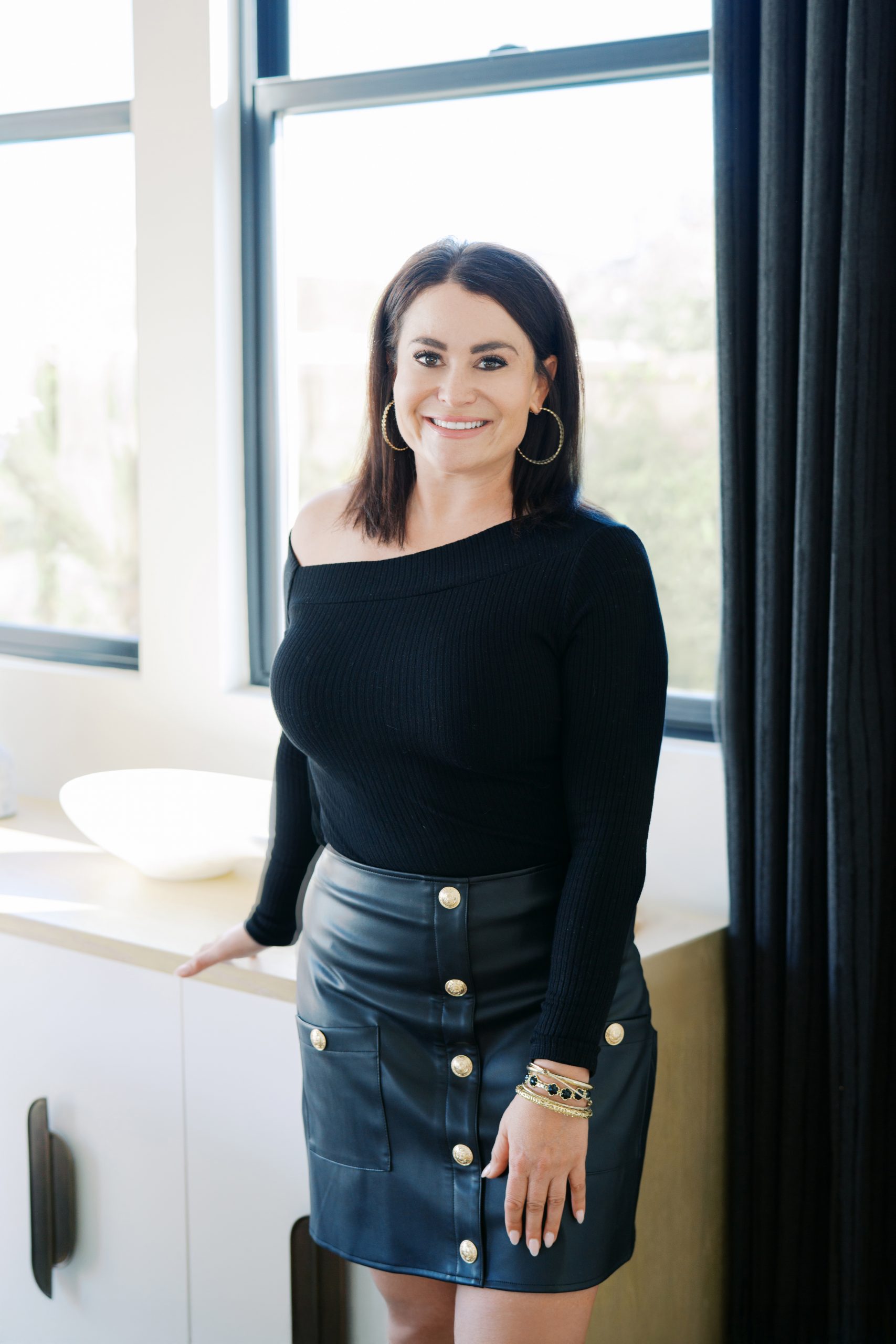
Lauren Lerner is the founder of Living With Lolo, a nationally recognized Scottsdale interior designer and an Arizona licensed general contractor. She is celebrated for creating luxury homes that are warm, livable, and deeply personal, blending thoughtful design with seamless construction and curated furnishings. Recognized as one of Arizona’s top interior designers, Lauren has worked with celebrities, athletes, and executives across the country. Her work, known for its elevated yet inviting style, has been featured in multiple national publications. Guided by the belief that great design should feel as good as it looks, Lauren transforms houses into homes that truly reflect her clients’ lives.



